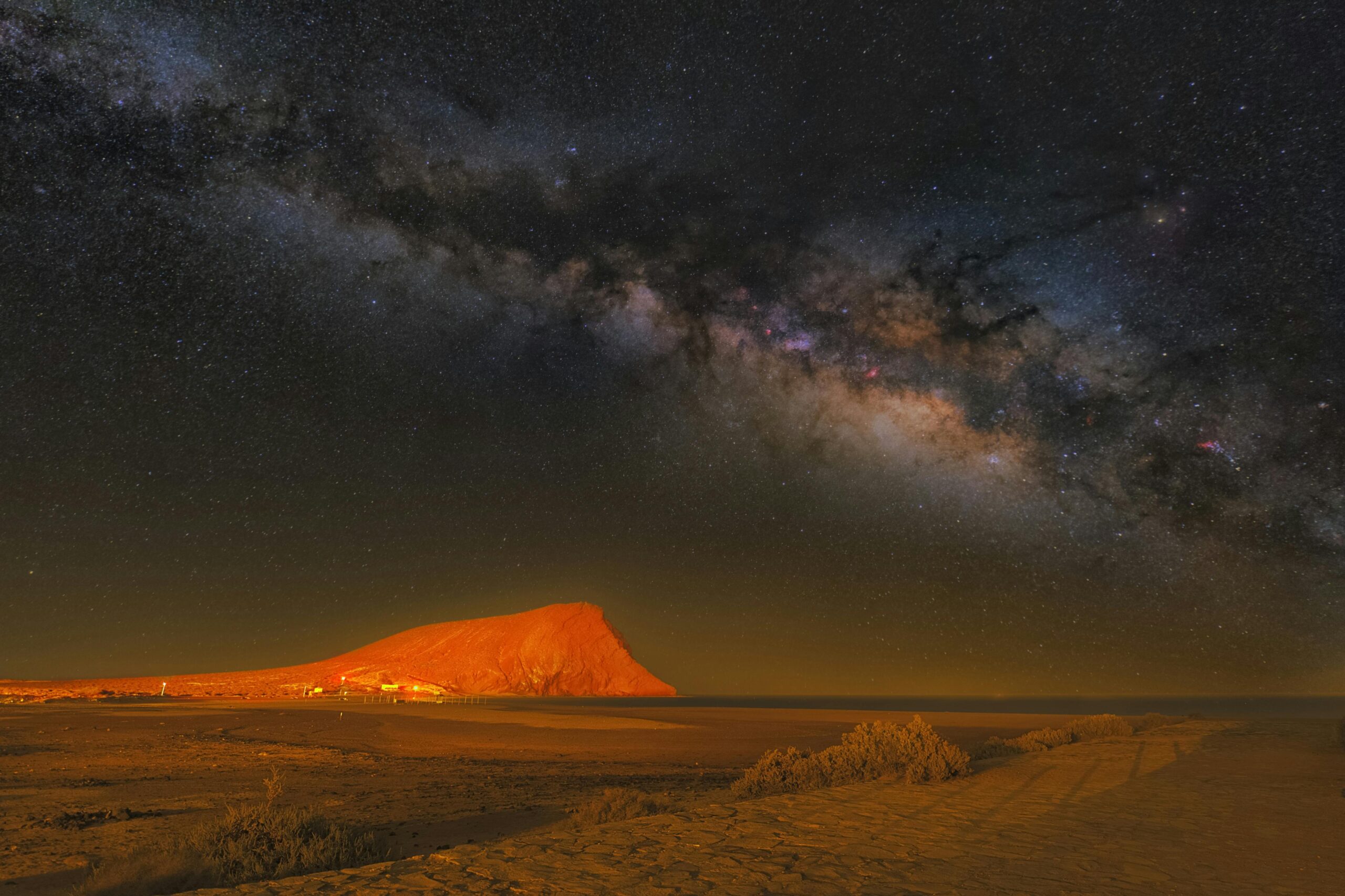An asteroid, classified as harmless, is set to make a close approach to Earth on Saturday. This event offers a unique opportunity for stargazers and astronomy enthusiasts to observe the celestial object. The asteroid, though not posing any threat to our planet, will pass close enough to be visible through telescopes and possibly even binoculars under the right conditions.
Insights:
- Asteroid Details:
The asteroid, known as 2024 NY1, is expected to pass at a safe distance from Earth, posing no risk of collision. It is an average-sized asteroid, typical of those that frequently pass by Earth without incident. - Visibility:
Observers can spot the asteroid using telescopes, and in some cases, high-powered binoculars. The best time to observe it will be during the night when the sky is darkest, and the asteroid is closest to Earth. - Optimal Viewing Conditions:
- Location: To maximize visibility, observers should find a location away from city lights and other sources of light pollution.
- Weather: Clear skies are essential for a good view. Cloudy or overcast conditions will hinder observation efforts.
- Equipment: A telescope with a moderate to high magnification is recommended. Binoculars may suffice for a less detailed view.
- Trajectory and Speed:
The asteroid will be traveling at a significant speed, making its journey across the sky relatively quick. Observers should be prepared to track its movement steadily to keep it in view. - Significance for Astronomy:
Events like this provide valuable opportunities for scientists to study asteroids’ composition, behavior, and trajectory. For amateur astronomers and the public, it’s an exciting chance to engage with space science and observe a natural space phenomenon.
Conclusion:
The passing of asteroid 2024 NY1 near Earth is a reminder of the dynamic nature of our solar system. While harmless, such events capture the imagination and provide an excellent opportunity for both professional and amateur astronomers to witness and study a near-Earth object. For the best viewing experience, ensure you have the right equipment, find a dark spot away from light pollution, and check the weather forecast for clear skies.
